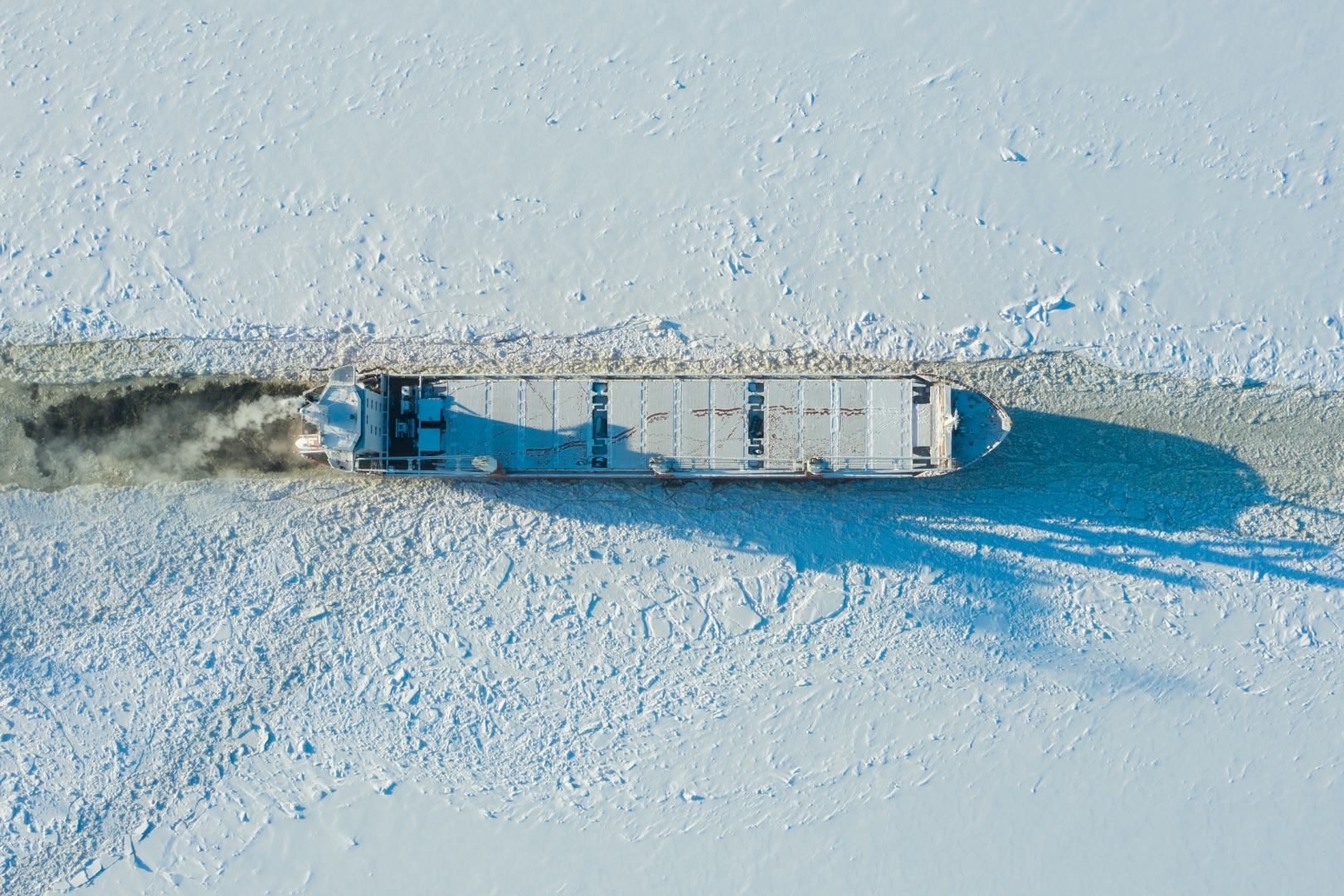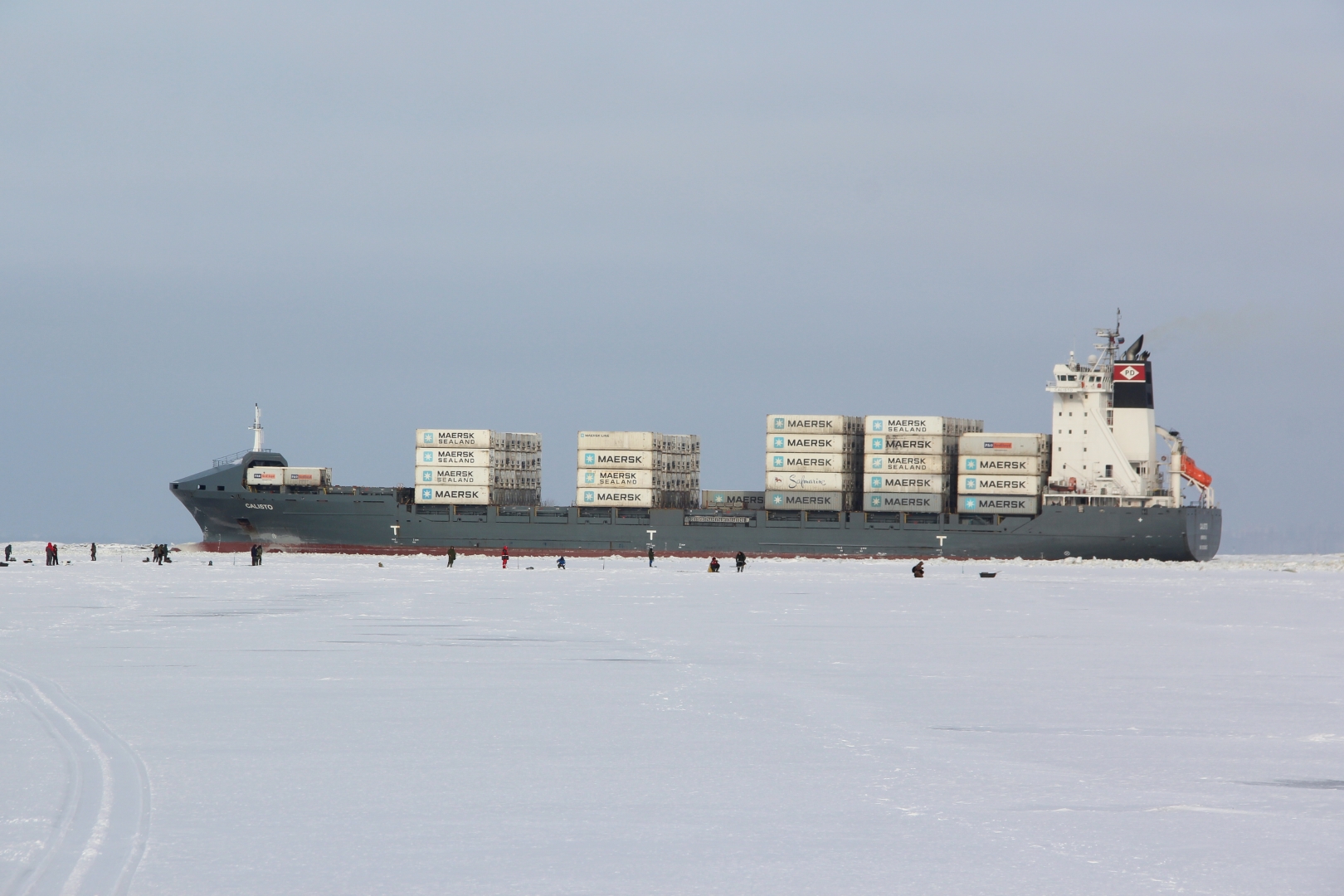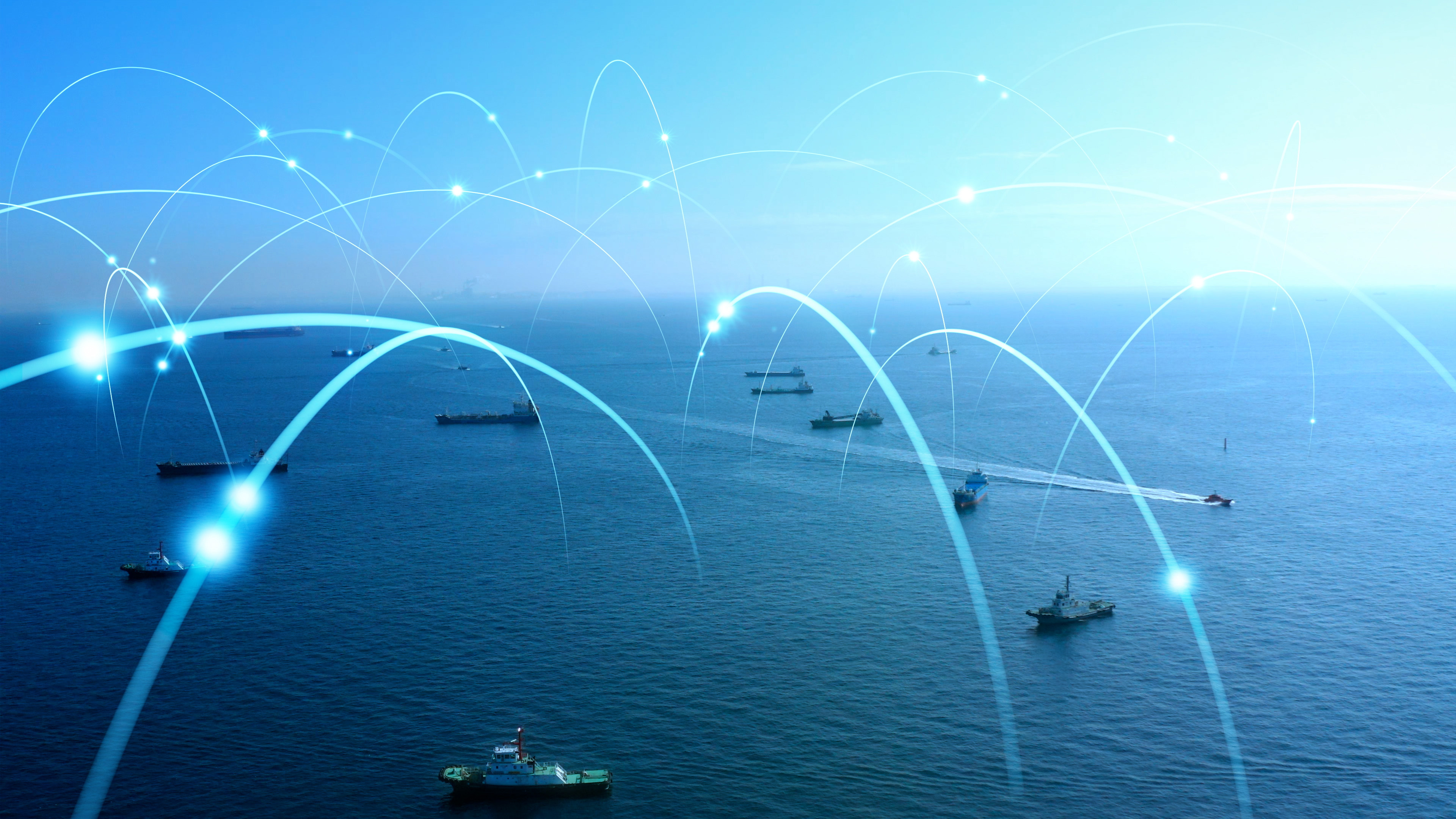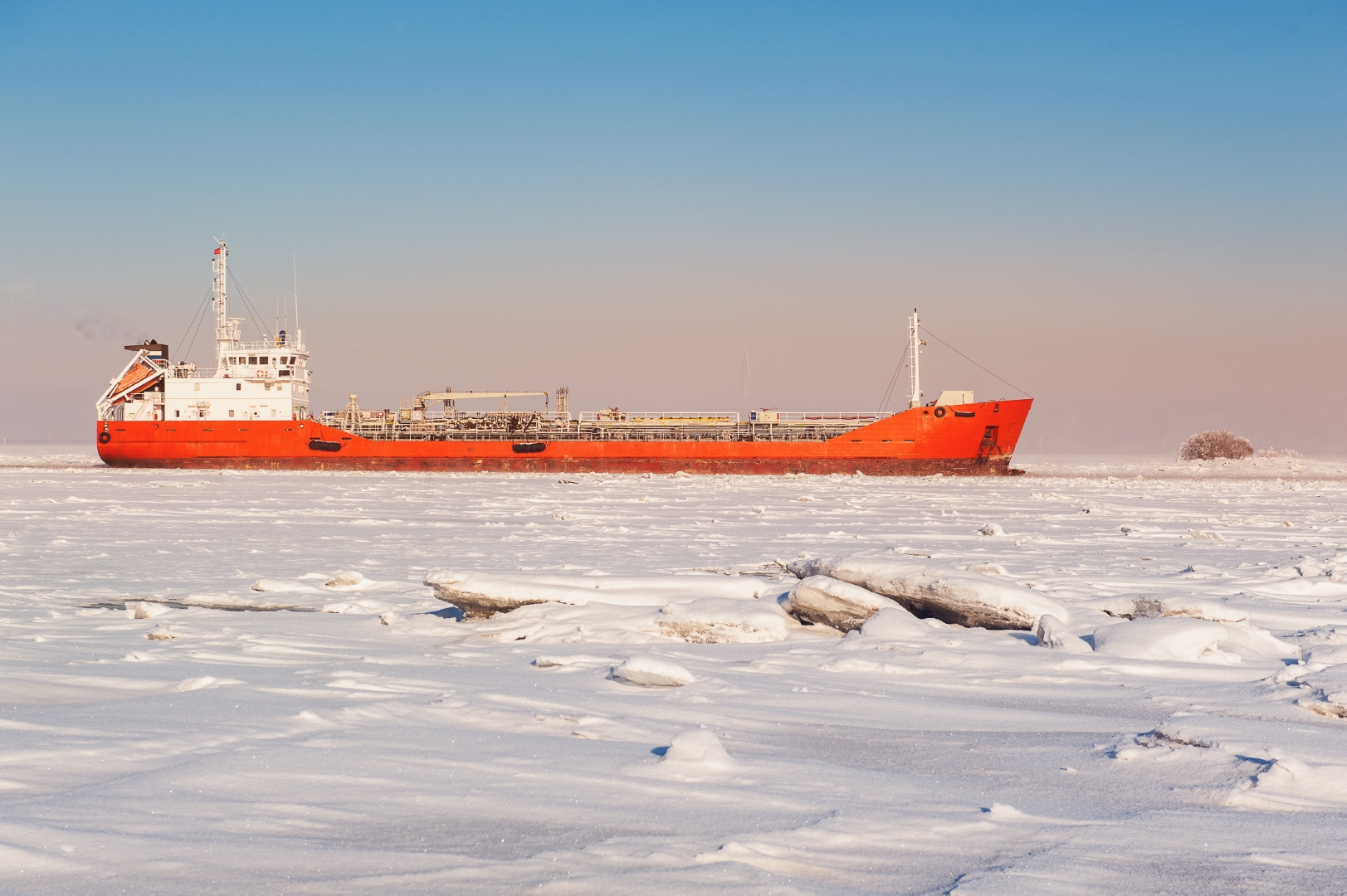
Slide
PART IIA
CHAPTER 4: PREVENTION OF POLLUTION BY SEWAGE FROM SHIPS
ARCTIC SHIPPING BEST PRACTICE INFORMATION FORUM
CHAPTER SUMMARY
SUBMISSIONS
DNV GL
Hyperlink: IMO Polar CodeFollow this link for DNV GL’s guide to the Polar Code Document ‘Maritime Polar Code: Understand the Code’s requirements to take the right steps for smooth compliance’. For Part IIA, Chapter 4, see page 30.
See also:
Friends of the Earth International
Hyperlink 1: https://1bps6437gg8c169i0y1drtgz-wpengine.netdna-ssl.com/wp-content/uploads/2019/06/MEPC-72-INF.7-An-assessment-of-ballast-water-treatment-to-protect-Arctic-waters-FOEI.pdfThis is an assessment of ballast water treatment to protect Arctic waters. This document offers in the annex a comprehensive analysis of shipboard ballast water management system performance, based on available data.
Hyperlink 2: https://1bps6437gg8c169i0y1drtgz-wpengine.netdna-ssl.com/wp-content/uploads/2019/06/MEPC-73-INF.24-Vessel-biofouling-and-bioinvasions-in-Arctic-waters-FOEI.pdf
This is a paper on vessel biofouling and bioinvasions in Arctic waters. Friends of the Earth offers an independent report, set forth in the annex, that provides findings and recommendations concerning vessel coatings and the protection of Arctic waters from bioinvasions.
Lloyd's Register
Hyperlink 1: The Polar Code: A Regulatory Interpretation GuideThis document provides Loyd's Register guidance on all aspects of the Polar Code (chapter by chapter). For Part IIA Chapter 4, see pages 81 to 82.
Hyperlink 2: Meeting the Polar Code on 1 January 2017: Guidance for Existing Ships (Part IIA)
This document includes information on what steps operators need to take to ensure compliance when operating in polar waters on or after 1 January 2017, when the Polar Code entered into force.
Lloyd's website
Oil Companies International Marine Forum (OCIMF)
Hyperlink 1: Northern Sea Route – Best practices and Challenges (2017)For Chapter 4, see pages 3-4, and 14.
Hyperlink 2: Offshore Vessel Operations In Ice and or Severe Sub Zero Temperatures in Artic and Sub Artic regions (2014).
The purpose of this paper is to provide guidance to operators and charterers of offshore support vessels employed for use in areas impacted by ice or severe sub-zero temperatures with the aim of encouraging high standards of safety and environmental protection for those operating in Arctic and Sub-Arctic regions.
The Environment Agency of Iceland
Hyperlink: https://www.ust.is/the-environment-agency-of-iceland/The Environment Agency operates under the direction of the Ministry for the Environment. It's role is to promote the protection as well as sustainable use of Iceland’s natural resources, as well as public welfare by helping to ensure a healthy environment, and safe consumer goods. The Agency is responsible for implementing the MARPOL convention.
World Meterological Organization
Hyperlink: http://www.jcomm.info/index.php?option=com_content&view=article&id=135&Itemid=37The Joint WMO-IOC Technical Commission for Oceanography and Marine Meteorology (JCOMM) provides coordination, guidance, and proposes technical regulations and standards to WMO and IOC on aspects related to forecasting marine coastal hazards, including in polar regions.
WMO website
PART IIA: CHAPTER 4 – PREVENTION OF POLLUTION BY SEWAGE FROM SHIPS: Full Polar Code text
As adopted from IMO - Full Polar Code text
PART IIA: CHAPTER 4 - Full Polar Code text
4.1 Definitions
- 4.1.1 Constructed means a ship the keel of which is laid or which is at a similar stage of construction.
- 4.1.2 Ice-shelf means a floating ice sheet of considerable thickness showing 2 to 50 m or more above sea-level, attached to the coast.
- 4.1.3 Fast ice means sea ice which forms and remains fast along the coast, where it is attached to the shore, to an ice wall, to an ice front, between shoals or grounded icebergs.
- 4.2.1 Discharges of sewage within polar waters are prohibited except when performed in accordance with MARPOL Annex IV and the following requirements:
- .1 the ship is discharging comminuted and disinfected sewage in accordance with regulation 11.1.1 of MARPOL Annex IV at a distance of more than 3 nautical miles from any ice-shelf or fast ice and shall be as far as practicable from areas of ice concentration exceeding 1/10; or
- .2 the ship is discharging sewage that is not comminuted or disinfected in accordance with regulation 11.1.1 of MARPOL Annex IV and at a distance of more than 12 nautical miles from any ice-shelf or fast ice and shall be as far as practicable from areas of ice concentration exceeding 1/10; or
- .3 the ship has in operation an approved sewage treatment plant certified by the Administration to meet the operational requirements in either regulation 9.1.1 or 9.2.1 of MARPOL Annex IV, and discharges sewage in accordance with regulation 11.1.2 of Annex IV and shall be as far as practicable from the nearest land, any ice-shelf, fast ice or areas of ice concentration exceeding 1/10.
- 4.2.2 Discharge of sewage into the sea is prohibited from category A and B ships constructed on or after 1 January 2017 and all passenger ships constructed on or after 1 January 2017, except when such discharges are in compliance with paragraph 4.2.1.3 of this chapter.
- 4.2.3 Notwithstanding the requirements of paragraph 4.2.1, category A and B ships that operate in areas of ice concentrations exceeding 1/10 for extended periods of time, may only discharge sewage using an approved sewage treatment plant certified by the Administration to meet the operational requirements in either regulation 9.1.1 or 9.2.1 of MARPOL Annex IV. Such discharges shall be subject to the approval by the Administration.
Slide
POLAR CODE CHAPTERS
EXPLANATION AND SUBMISSIONS
Part IA: Safety Measures
Part IIA: Pollution Prevention Measures
Part IB
Part IIB
Slide




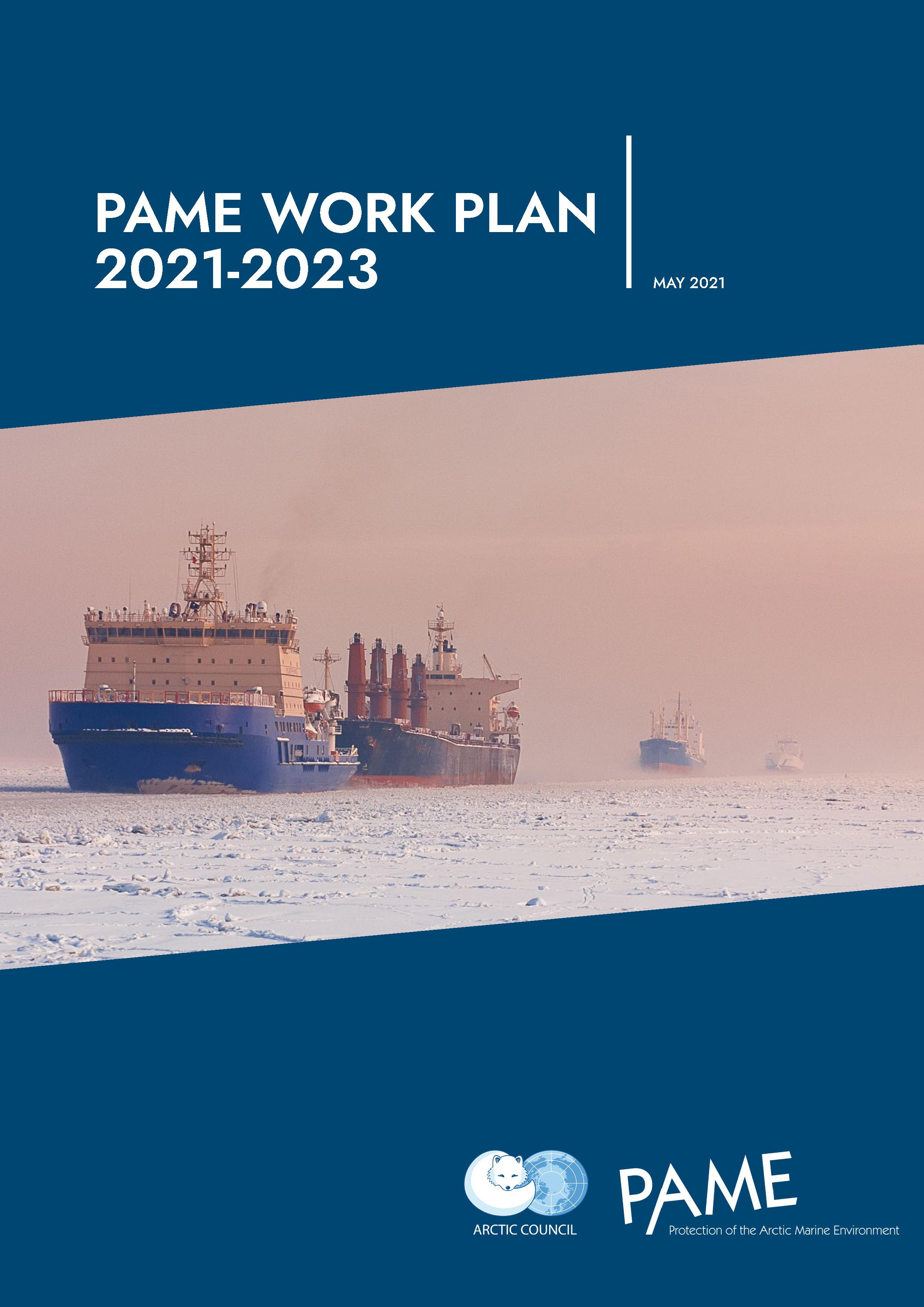
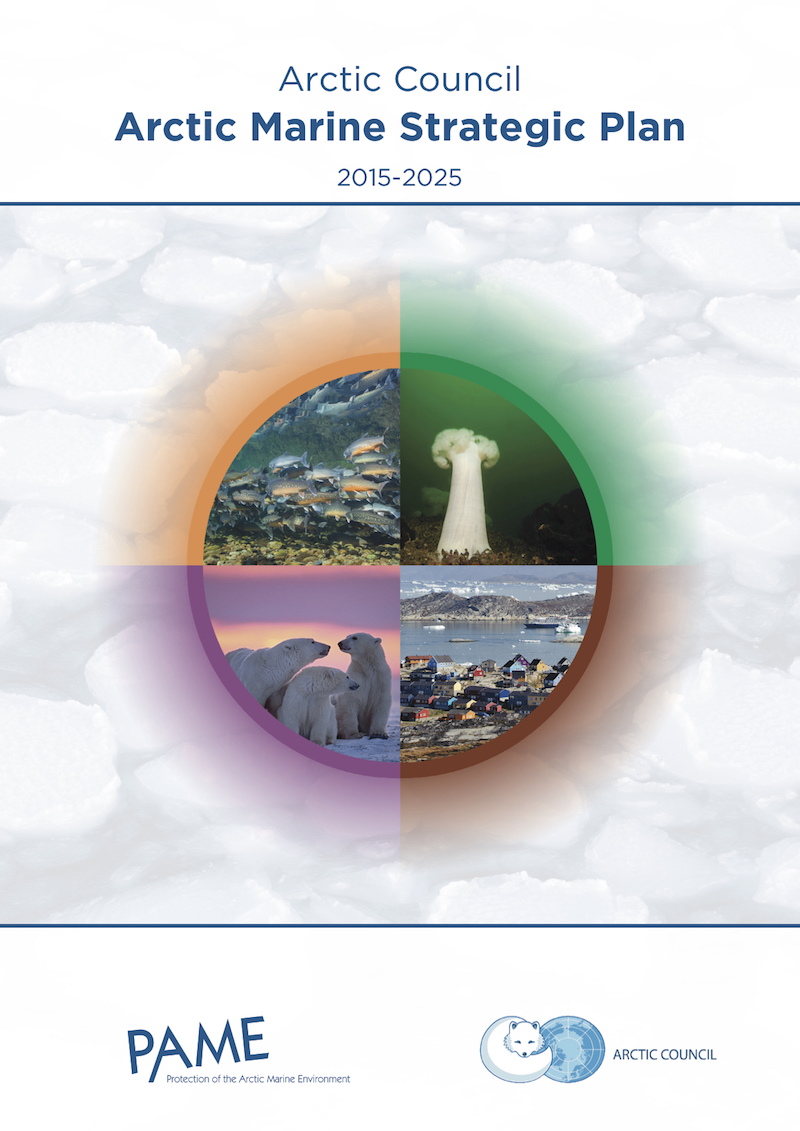







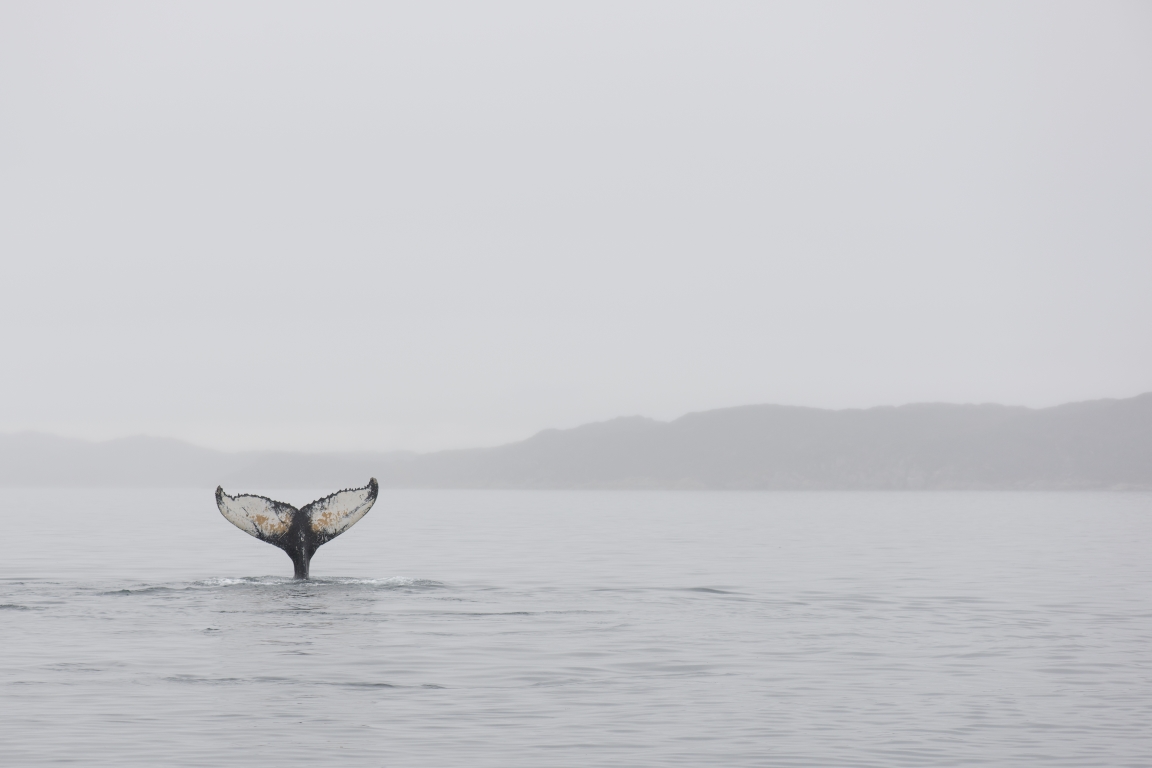
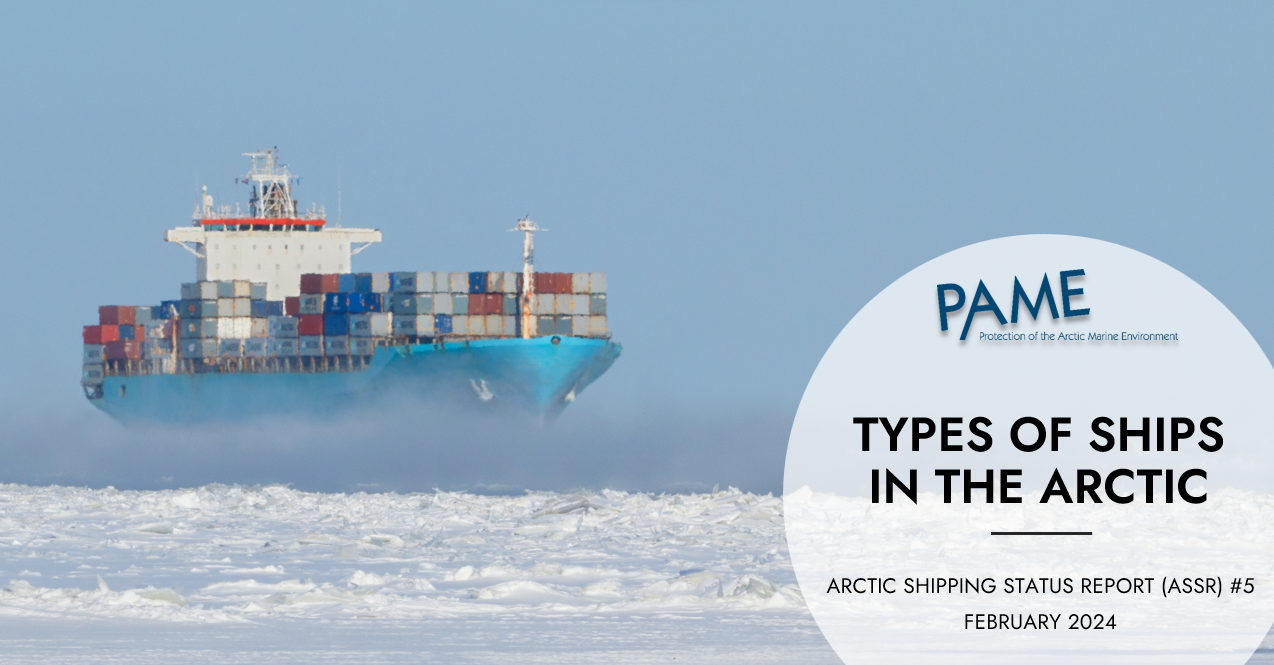
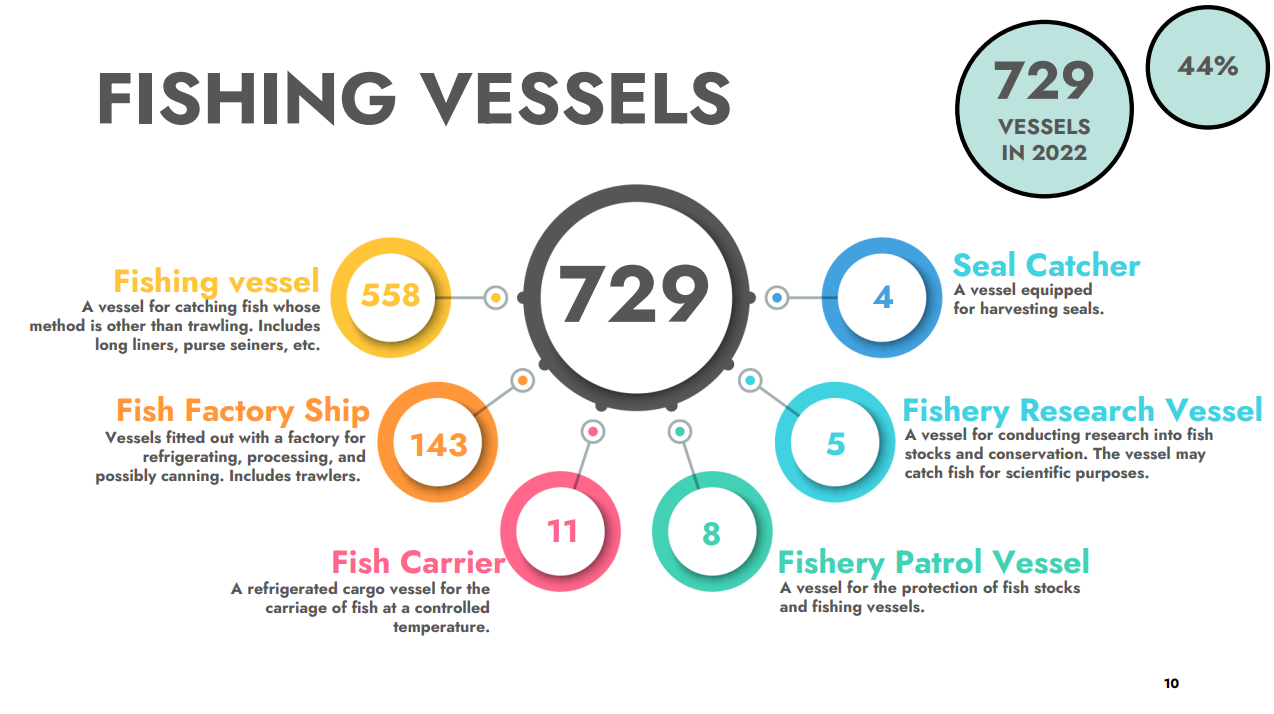
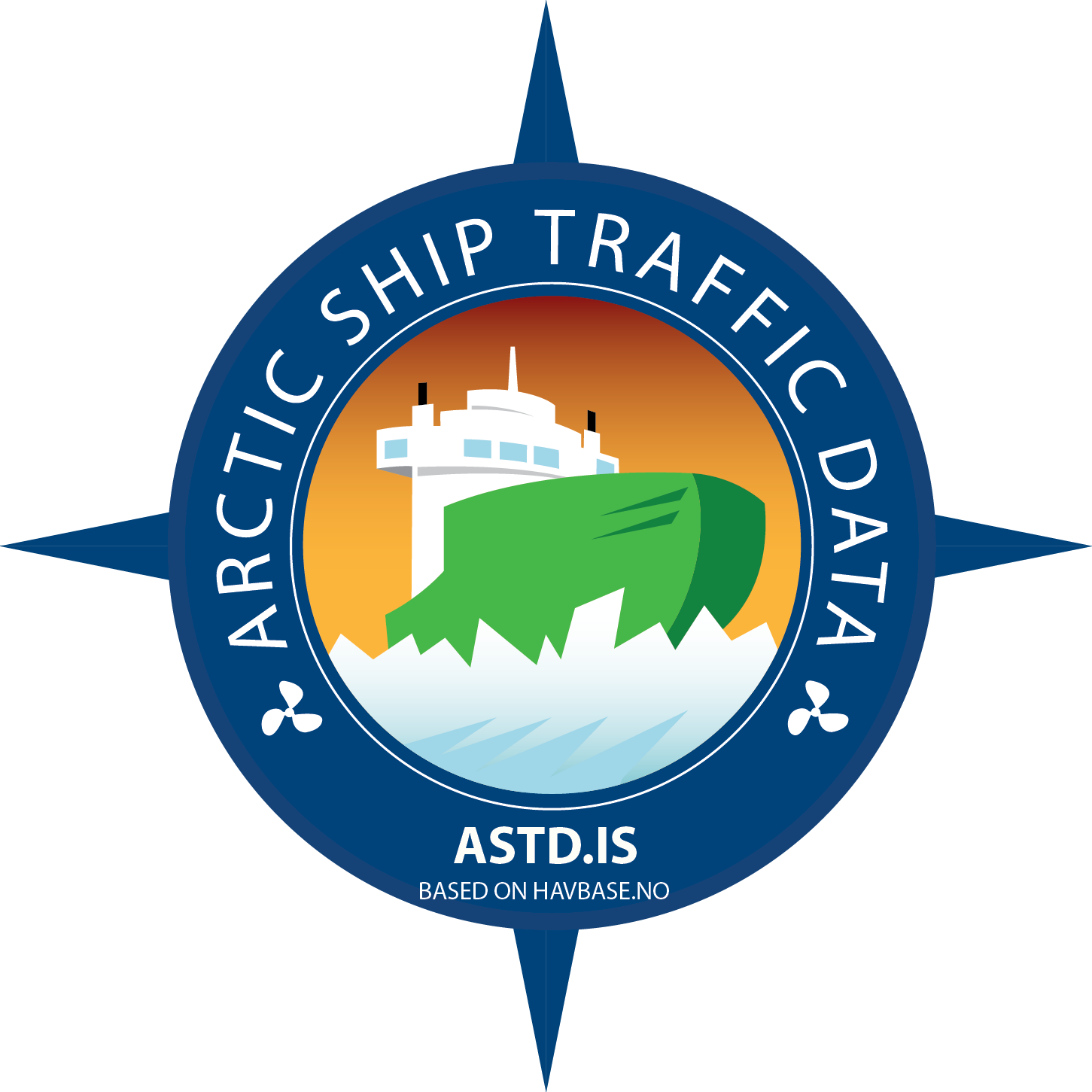
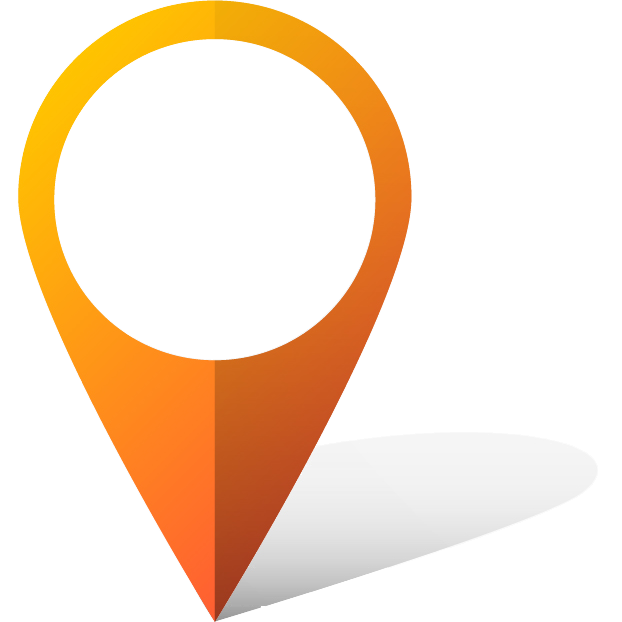
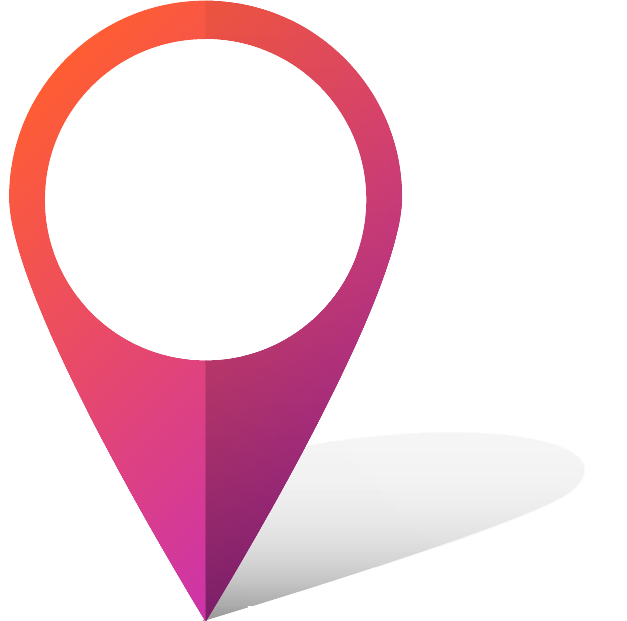
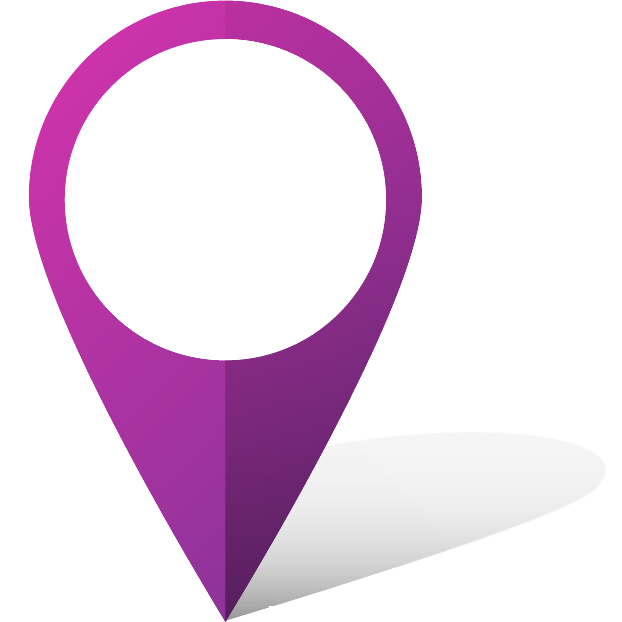
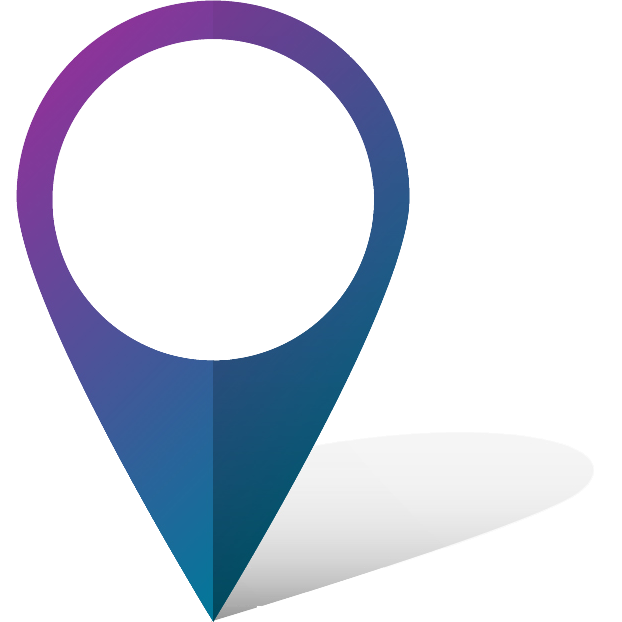

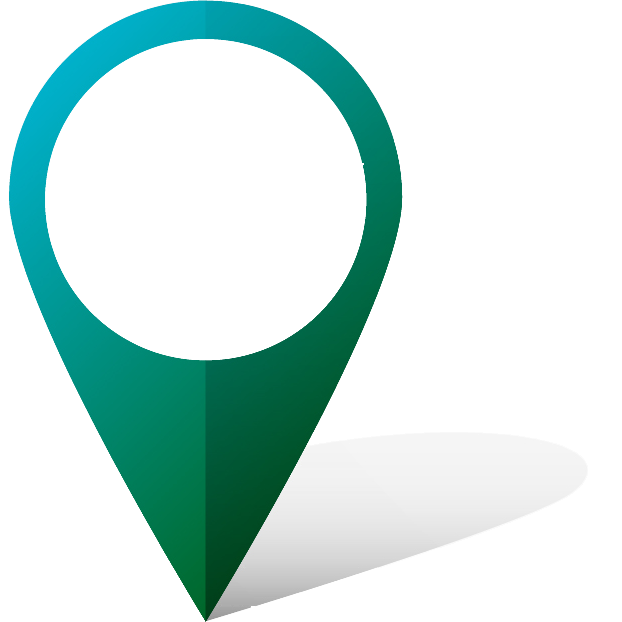



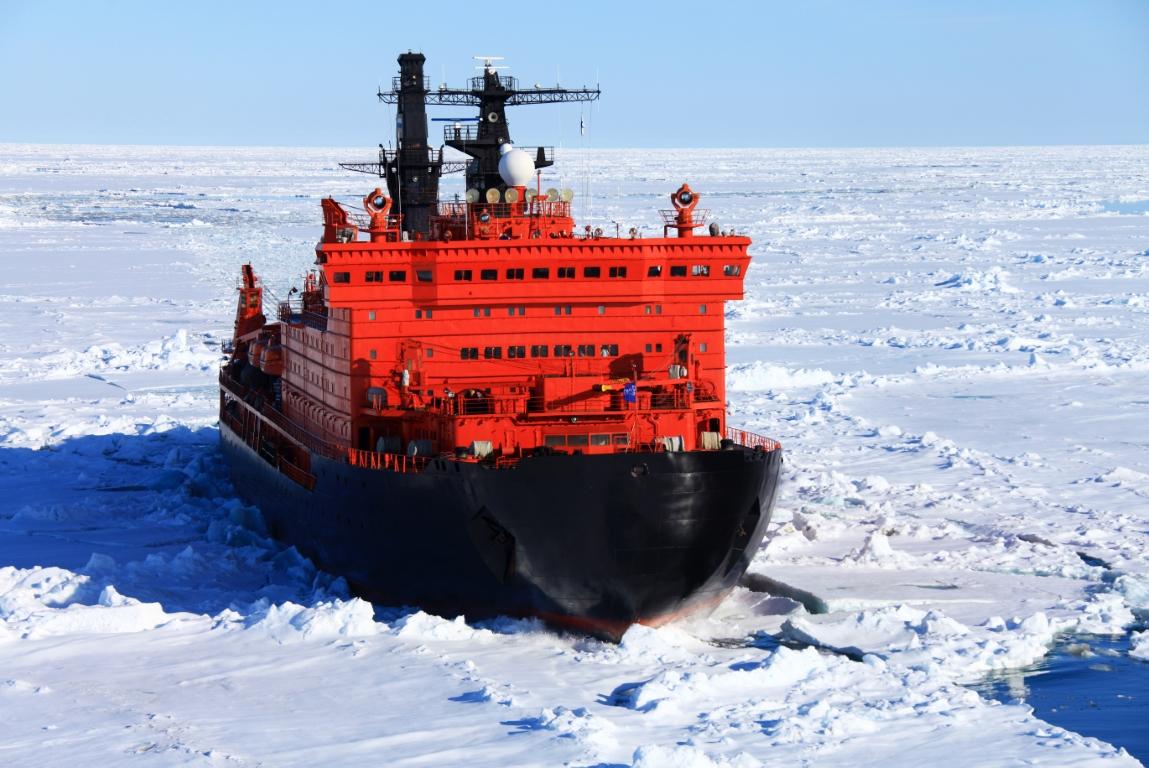
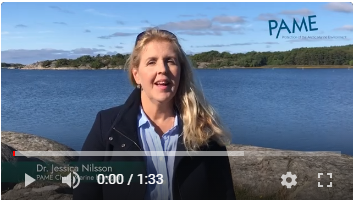
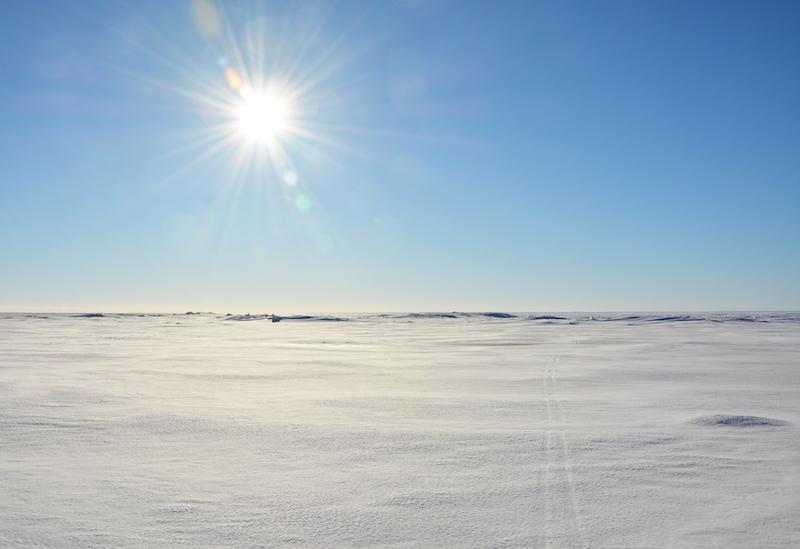
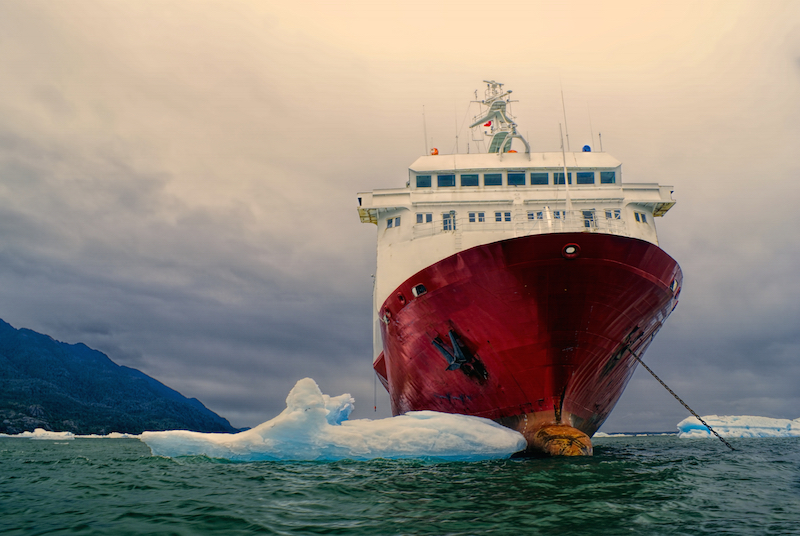
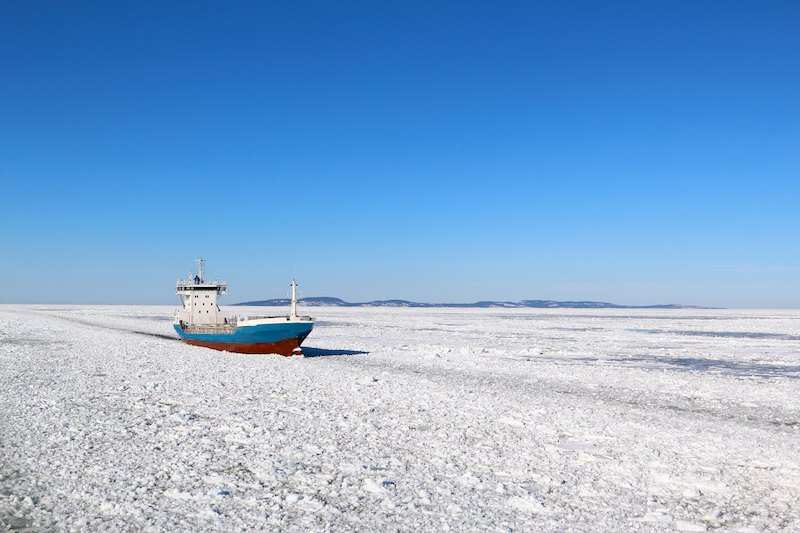
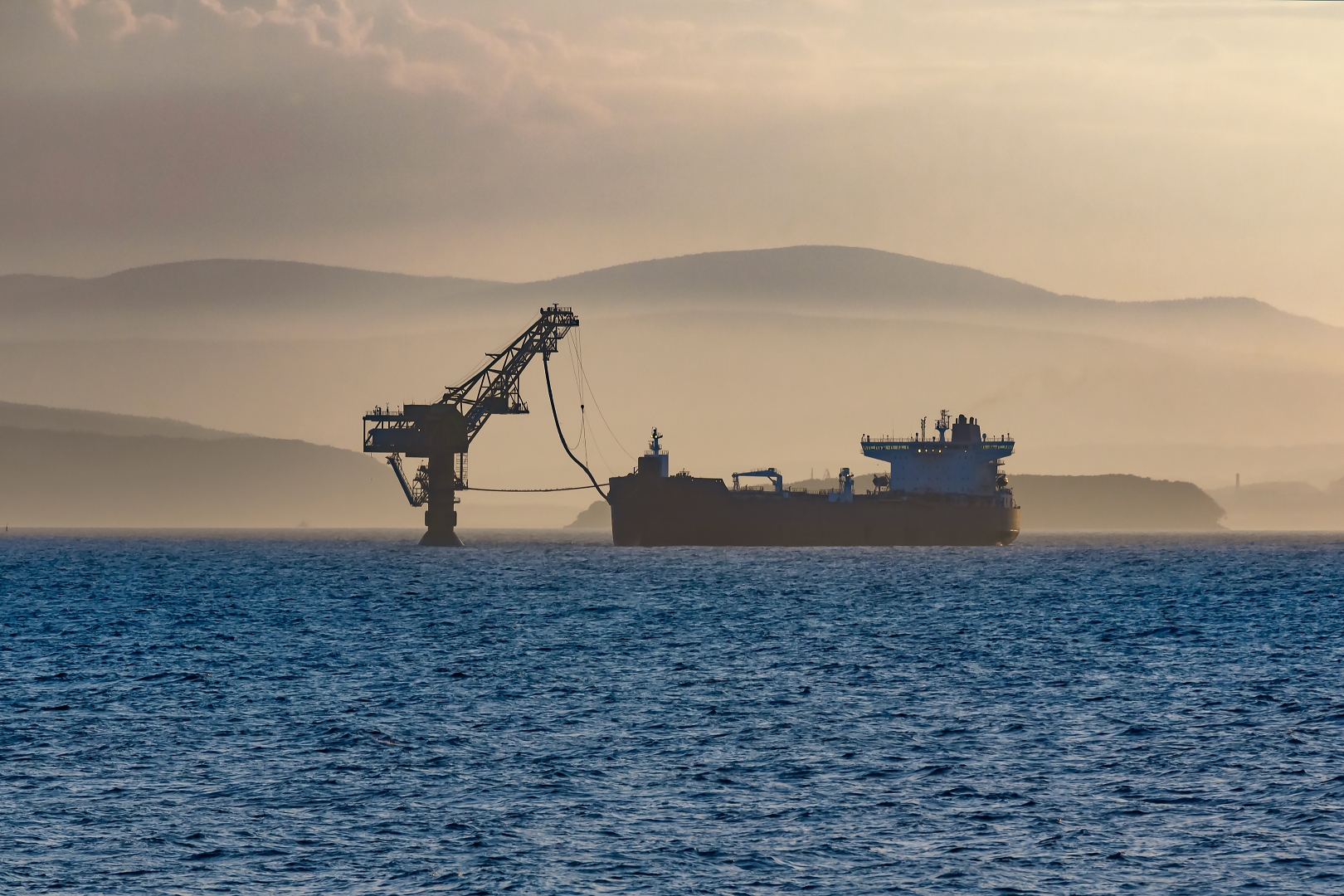
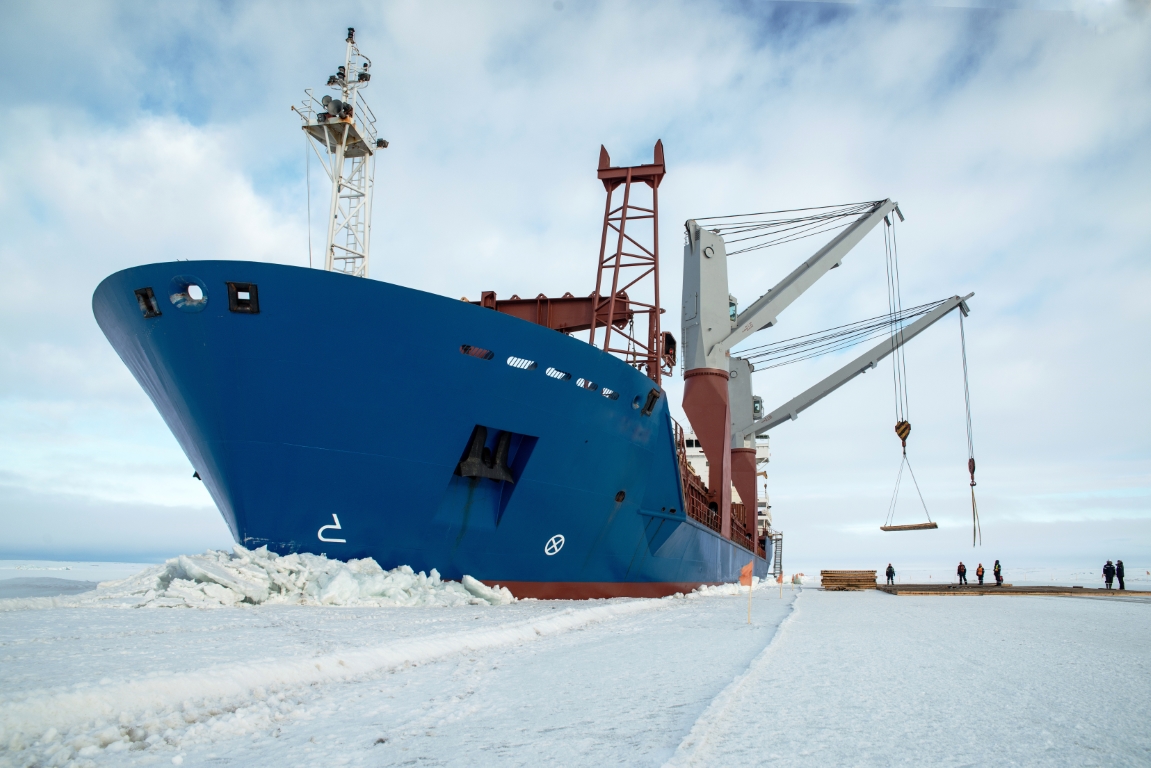
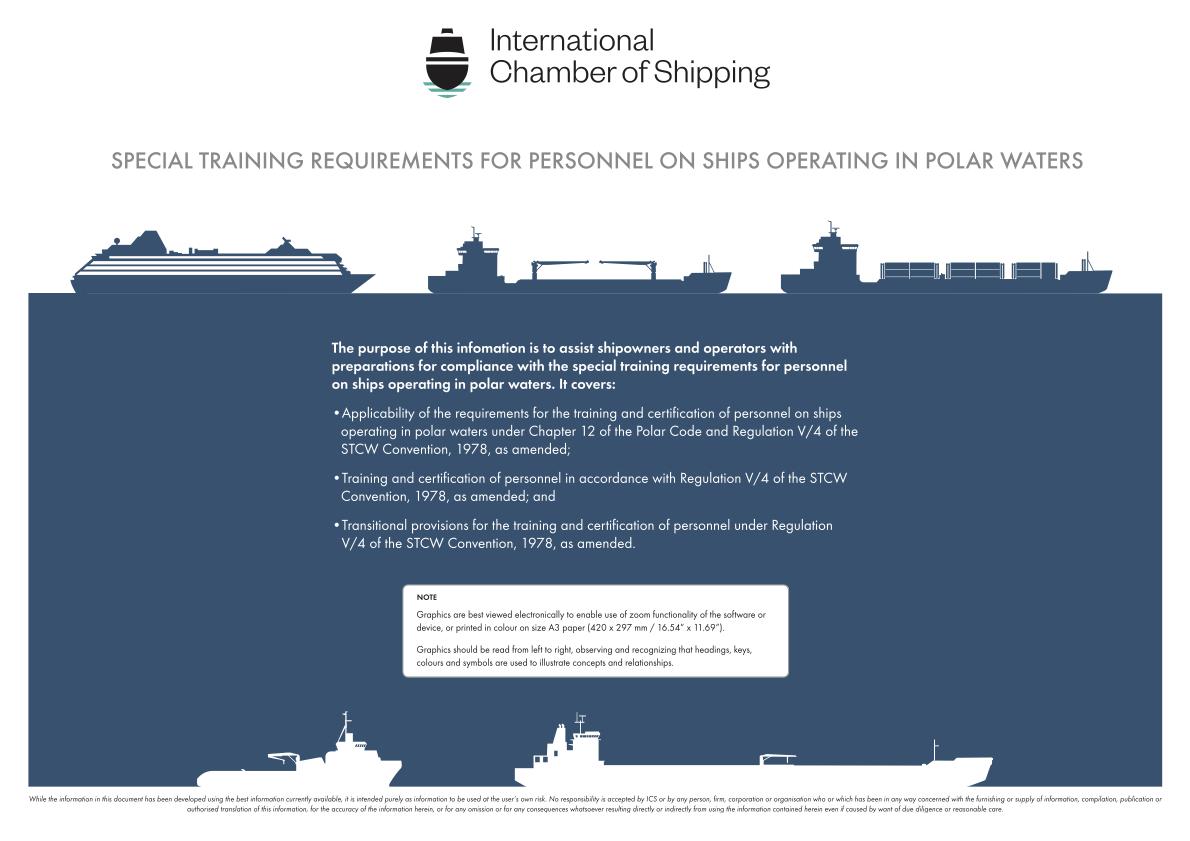
 Resolution MSC.416(97), adopted on 25 November 2016, containing amendments to the STCW Convention, 1978 , including amended regulation I/1.1 adding definitions of “Polar code” and “Polar waters”, amended regulation I/11 requiring continued seagoing service for masters and officers for the continued professional competence for ships operating in polar waters, amendments to chapter V of the STCW Convention (Regulation V/4 on “Mandatory minimum requirements for the training and qualifications of masters and deck officers on ships operating in polar waters”).
Resolution MSC.416(97), adopted on 25 November 2016, containing amendments to the STCW Convention, 1978 , including amended regulation I/1.1 adding definitions of “Polar code” and “Polar waters”, amended regulation I/11 requiring continued seagoing service for masters and officers for the continued professional competence for ships operating in polar waters, amendments to chapter V of the STCW Convention (Regulation V/4 on “Mandatory minimum requirements for the training and qualifications of masters and deck officers on ships operating in polar waters”).